A common habit is to briefly rinse meat and then immediately freeze it. However, chefs advise against this method, as it can diminish the meat’s flavor and quality over time. After a while, a thick layer of frost can form on the surface, causing the meat to dry out, lose its natural sweetness, and become less appetizing.
While frozen meat doesn’t spoil, improper handling can lead to significant loss of moisture and nutrients, reducing the overall quality of your meals. Instead of rushing to freeze it, follow these expert tips to keep your meat fresh and delicious:
1. Portion Your Pork
As soon as you bring the meat home, divide it into portions that match your family’s meal sizes. This prevents the need to thaw large pieces, only to refreeze leftovers, which can cause the meat to lose its quality and become dry.
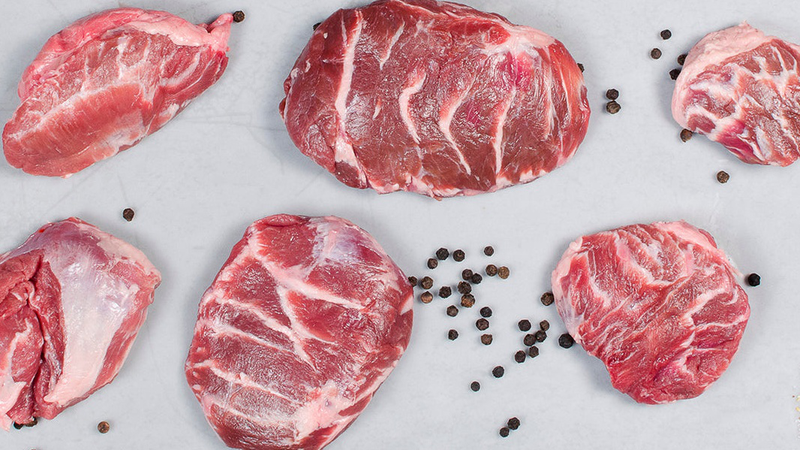
2. Clean Before Storing
During handling and transportation, pork can come into contact with air, dust, and bacteria. Therefore, it’s essential to clean the meat before storing. Soak it in a basin of water with a pinch of salt, white vinegar, and flour for about 20 minutes, then rinse 2-3 times with clean water. This helps remove dirt and reduces surface bacteria.
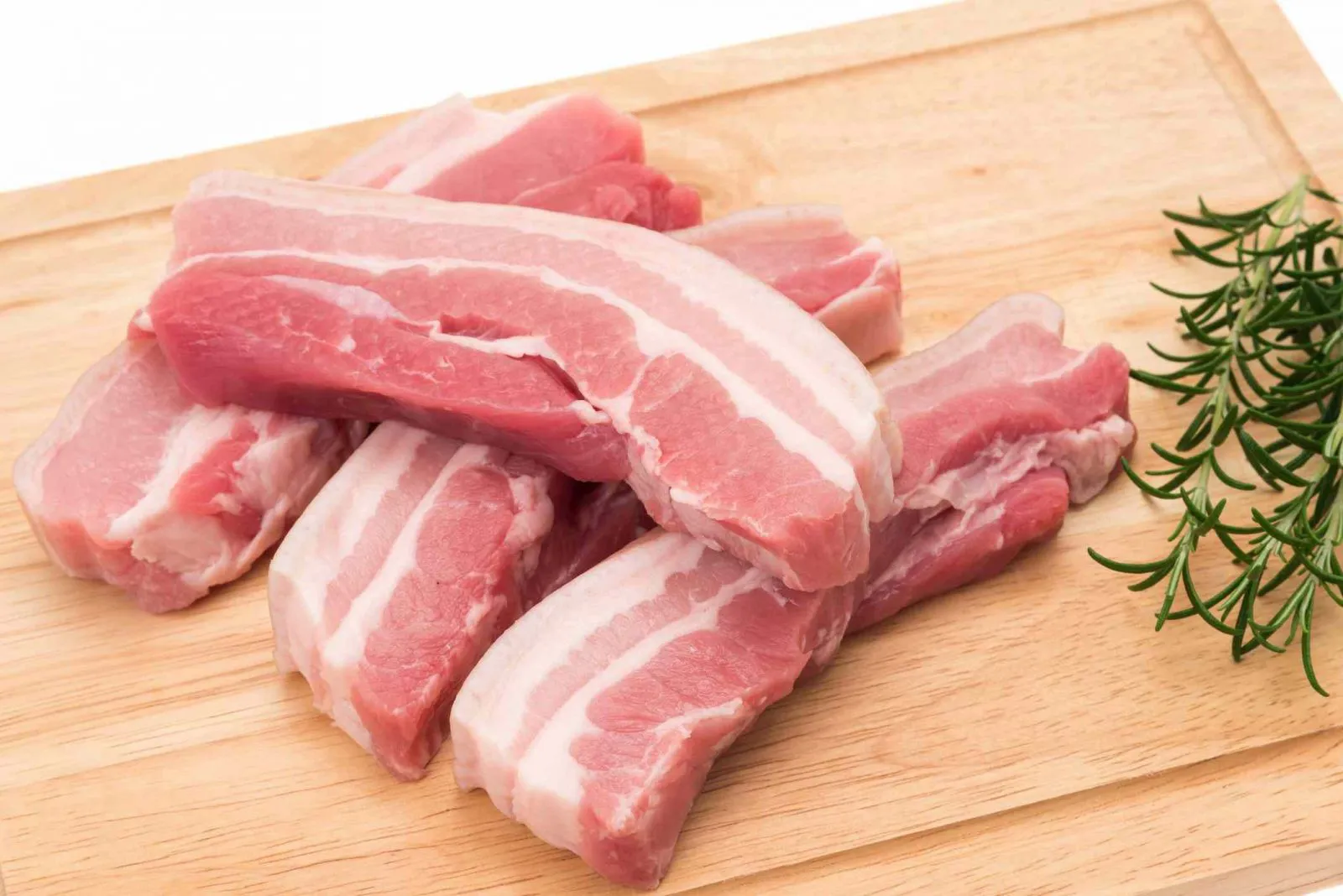
3. Pat Dry Thoroughly
After washing, use paper towels or absorbent kitchen paper to dry the meat completely. This step prevents moisture from lingering on the surface, which can cause ice crystals to form during freezing. These crystals can damage the meat’s structure and impair its flavor.
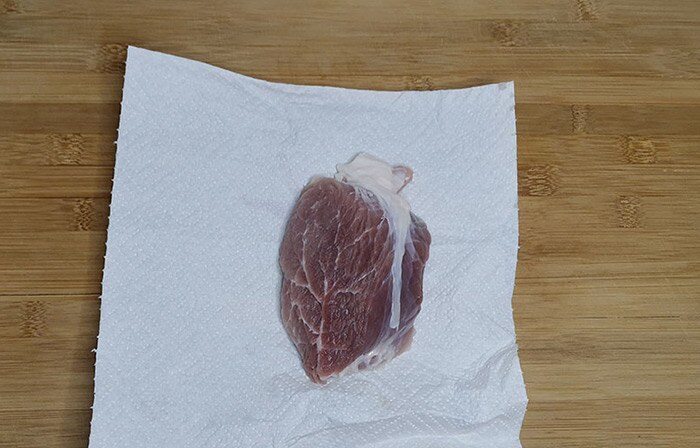
4. Apply a Thin Layer of Cooking Oil
This often-overlooked step can make a big difference. Use a clean brush to apply a thin layer of cooking oil to the dried meat’s surface. The oil acts as a protective barrier, locking in moisture and nutrients while preventing direct air contact. This keeps the meat tender and flavorful even after thawing.
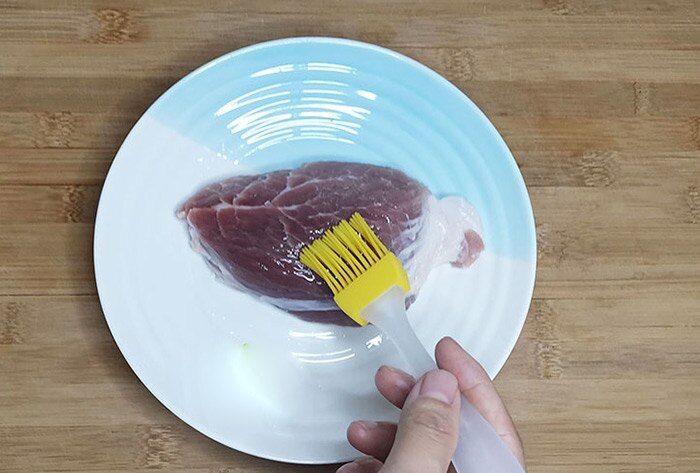
5. Wrap Tightly in Food-Grade Plastic
Place the prepared meat in a plastic bag or ziplock, then wrap it tightly with food-grade plastic wrap, ensuring all air is squeezed out. This minimizes frost formation, preserving the meat’s natural moisture and flavor.
6. Freeze Properly
Once all steps are complete, store the meat in the freezer. When needed, thaw only the required portion at room temperature or use a microwave. With this method, your meat will remain tender, juicy, and flavorful, just like when you first bought it.
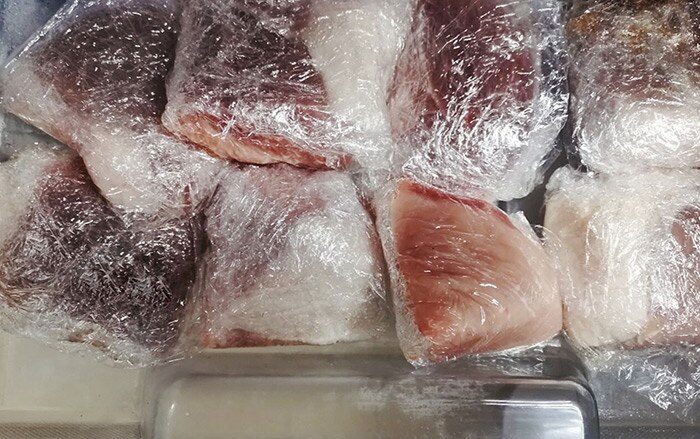
By following these steps, you’ll always have delicious, nutritious pork ready in your freezer, making meal prep both convenient and healthy for your family.



































